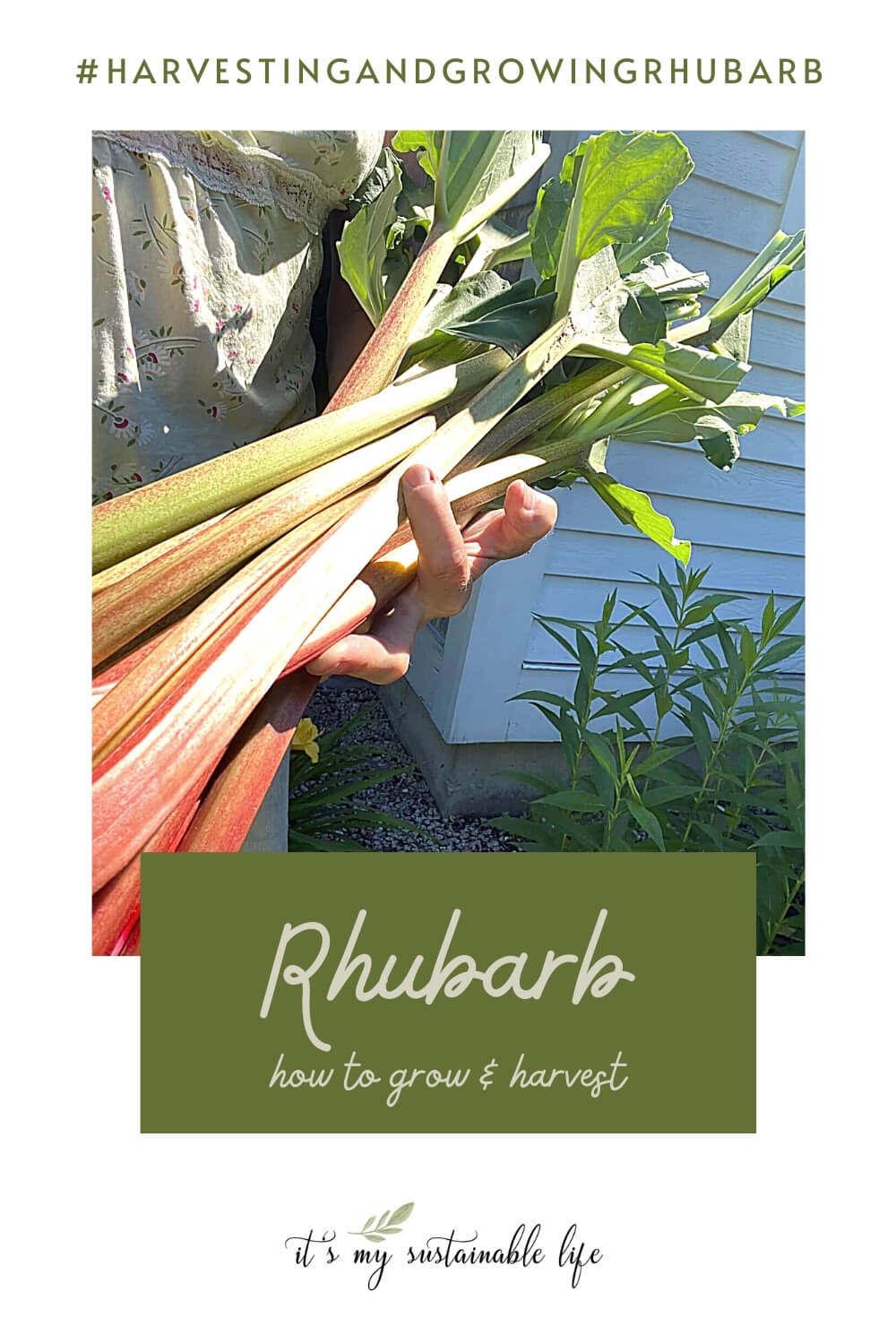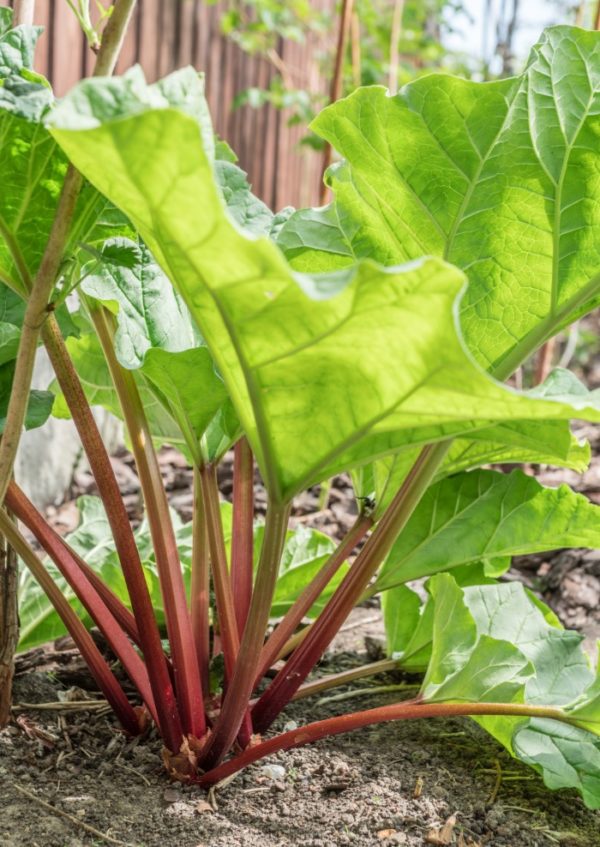Understanding the Basics of Rhubarb Harvesting
Rhubarb is a popular vegetable often used in pies, tarts, and other sweet treats. However, before enjoying its tart flavor, it’s essential to harvest rhubarb correctly to avoid damaging the plant. The question of whether to cut or pull rhubarb has sparked debate among gardeners and cooks alike. To determine the best method, it’s crucial to understand the basics of rhubarb harvesting. Rhubarb is a perennial plant that grows from crowns, producing stalks that can be harvested in the spring. The stalks are the edible part of the plant, while the leaves contain high levels of oxalic acid and are toxic. Proper harvesting techniques are vital to ensure the plant remains healthy and productive. Two common methods of harvesting rhubarb are cutting and pulling. Cutting involves using a sharp knife or pruning shears to cut the stalks at the base, while pulling requires grasping the stalk and twisting it to release it from the crown. Both methods have their advantages and disadvantages, which will be discussed in more detail later. For now, it’s essential to understand that the goal of harvesting rhubarb is to obtain the tender stalks while minimizing damage to the plant. By doing so, gardeners can enjoy a bountiful harvest and promote healthy growth for future seasons.
The Cutting Method: Pros and Cons
Cutting is a common method of harvesting rhubarb, but it requires careful consideration to avoid damaging the plant. One of the main advantages of cutting is that it allows for a quick and efficient harvest, making it ideal for large-scale commercial growers. However, cutting can also lead to damage to the stalks, particularly if the knife or pruning shears are not sharp enough. This can cause the stalks to become bruised or torn, reducing their quality and making them more susceptible to rot. Additionally, cutting can leave behind a stub that can rot and potentially harm the plant. To minimize these risks, it’s essential to use a sharp knife or pruning shears and to cut the stalks at the base, just above the soil line. This will help to reduce the risk of damage to the plant and ensure a clean cut. Despite these precautions, cutting may not be the best method for every grower, particularly those who are looking for a more gentle approach. For those who are wondering, “Is it better to cut or pull rhubarb?”, the answer may depend on their specific needs and preferences.
The Pulling Method: A Gentler Approach?
The pulling method of harvesting rhubarb is often considered a gentler approach than cutting, as it reduces the risk of damage to the stalks and promotes healthy regrowth. When done correctly, pulling can be a highly effective way to harvest rhubarb, and it’s a method that’s gaining popularity among gardeners and cooks. So, is it better to cut or pull rhubarb? For those who value a more delicate approach, pulling may be the way to go. To pull rhubarb, simply grasp the stalk at the base, twist it gently, and pull it away from the crown. This will help to release the stalk from the plant without causing damage. One of the main benefits of pulling is that it allows the plant to heal quickly, reducing the risk of rot and disease. Additionally, pulling can help to promote healthy regrowth, as it encourages the plant to produce new stalks. However, pulling can be a more time-consuming process than cutting, and it may require more effort to harvest a large quantity of rhubarb. Despite this, many gardeners and cooks swear by the pulling method, citing its gentle approach and numerous benefits.
How to Pull Rhubarb Like a Pro
Pulling rhubarb requires a gentle and careful approach to avoid damaging the plant. To pull rhubarb like a pro, follow these steps: First, grasp the stalk at the base, making sure to get a good grip on the stalk without squeezing it too hard. Next, twist the stalk gently to loosen it from the crown. Finally, pull the stalk away from the crown, taking care not to pull too hard and damage the plant. It’s essential to handle the plant gently to avoid causing damage to the stalks or the crown. When pulling rhubarb, it’s also important to consider the timing. Rhubarb is typically ready to harvest in the spring, when the stalks are tender and the leaves are still small. Pulling rhubarb at the right time will help ensure that the stalks are sweet and tender, and that the plant remains healthy. By following these steps and considering the timing, you’ll be able to pull rhubarb like a pro and enjoy a bountiful harvest. Whether you’re a seasoned gardener or a beginner, pulling rhubarb is a skill that’s easy to learn and will provide you with delicious and nutritious stalks for years to come. So, is it better to cut or pull rhubarb? With the right technique and timing, pulling can be a highly effective and gentle way to harvest rhubarb.
Comparing Cutting and Pulling: Which Method is Better?
When it comes to harvesting rhubarb, the age-old question remains: is it better to cut or pull? Both methods have their pros and cons, and the best approach for you will depend on your specific needs and preferences. Cutting rhubarb can be a quick and efficient way to harvest a large quantity of stalks, but it can also lead to damage to the plant and a higher risk of rot. On the other hand, pulling rhubarb is a gentler approach that reduces the risk of damage to the stalks and promotes healthy regrowth. However, pulling can be a more time-consuming process, and it may require more effort to harvest a large quantity of rhubarb. In terms of plant health, pulling rhubarb is generally considered the better option. This is because pulling allows the plant to heal quickly, reducing the risk of rot and disease. Additionally, pulling promotes healthy regrowth, as it encourages the plant to produce new stalks. However, cutting rhubarb can also be a healthy option if done correctly. If you’re looking for a method that is easy to learn and requires minimal effort, cutting may be the way to go. But if you’re willing to put in a bit more time and effort, pulling rhubarb can be a highly rewarding experience. Ultimately, the decision to cut or pull rhubarb comes down to personal preference and your specific needs. By considering the pros and cons of each method, you can make an informed decision and enjoy a bountiful harvest of delicious and nutritious rhubarb.
Rhubarb Plant Care: Tips for a Healthy Harvest
To ensure a healthy and bountiful harvest of rhubarb, proper plant care is essential. Rhubarb plants require well-draining soil that is rich in organic matter. A mix of compost and manure can help to improve soil quality and promote healthy growth. In addition to soil quality, watering is also crucial for rhubarb plants. Rhubarb requires consistent moisture, especially during the growing season. However, overwatering can lead to rot and other problems, so it’s essential to strike a balance. Fertilization is also important for rhubarb plants. A balanced fertilizer can help to promote healthy growth and maximize yields. When fertilizing, it’s essential to follow the instructions on the label and avoid overfertilizing, as this can damage the plant. By providing proper care and attention, rhubarb plants can thrive and produce a bountiful harvest of delicious and nutritious stalks. Whether you’re a seasoned gardener or a beginner, following these tips can help you to grow healthy and productive rhubarb plants. And when it comes to harvesting, you’ll be able to enjoy the fruits of your labor, whether you choose to cut or pull your rhubarb. By combining proper plant care with the right harvesting technique, you can enjoy a healthy and bountiful harvest of rhubarb for years to come.
Troubleshooting Common Rhubarb Harvesting Issues
Despite proper care and attention, common problems can still arise during rhubarb harvesting. One of the most common issues is stalks that are too tough or too soft. If the stalks are too tough, it may be a sign that the plant is not receiving enough water or that the soil is too dry. To address this issue, make sure to provide consistent moisture and adjust the soil quality as needed. On the other hand, if the stalks are too soft, it may be a sign that the plant is receiving too much water or that the soil is too wet. To address this issue, reduce the amount of water provided and improve the drainage of the soil. Another common issue is the presence of pests or diseases, such as aphids or powdery mildew. To address this issue, use organic or integrated pest management methods to control the pests or diseases, and make sure to provide proper care and attention to the plant. By troubleshooting common rhubarb harvesting issues, you can ensure a healthy and bountiful harvest of delicious and nutritious stalks. Whether you’re a seasoned gardener or a beginner, being able to identify and address common problems can help you to achieve success with your rhubarb plants. And when it comes to harvesting, you’ll be able to enjoy the fruits of your labor, whether you choose to cut or pull your rhubarb.
Conclusion: The Best Method for Your Rhubarb
In conclusion, the debate over whether to cut or pull rhubarb is a complex one, with both methods having their pros and cons. While cutting can be a quick and efficient way to harvest rhubarb, it can also lead to damage to the plant and a higher risk of rot. On the other hand, pulling is a gentler approach that reduces the risk of damage to the stalks and promotes healthy regrowth. Ultimately, the best method for harvesting rhubarb will depend on your specific needs and preferences. If you’re looking for a method that is easy to learn and requires minimal effort, cutting may be the way to go. However, if you’re willing to put in a bit more time and effort, pulling can be a highly rewarding experience. By considering the pros and cons of each method and experimenting with both, you can find the best approach for your rhubarb plants. So, is it better to cut or pull rhubarb? The answer is, it depends. But with the right technique and a bit of practice, you can enjoy a bountiful harvest of delicious and nutritious rhubarb, no matter which method you choose.







